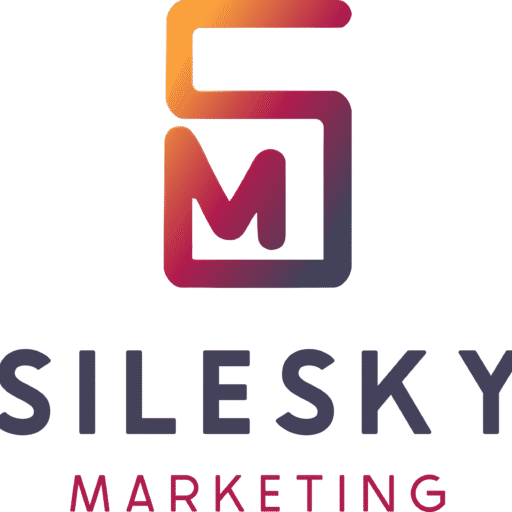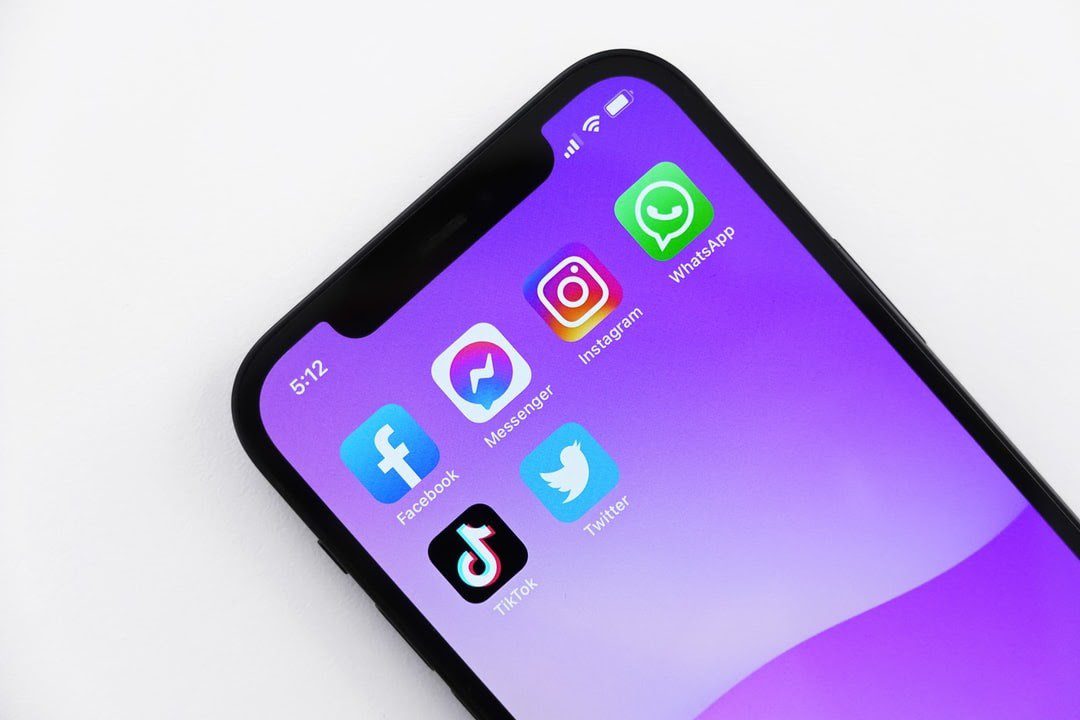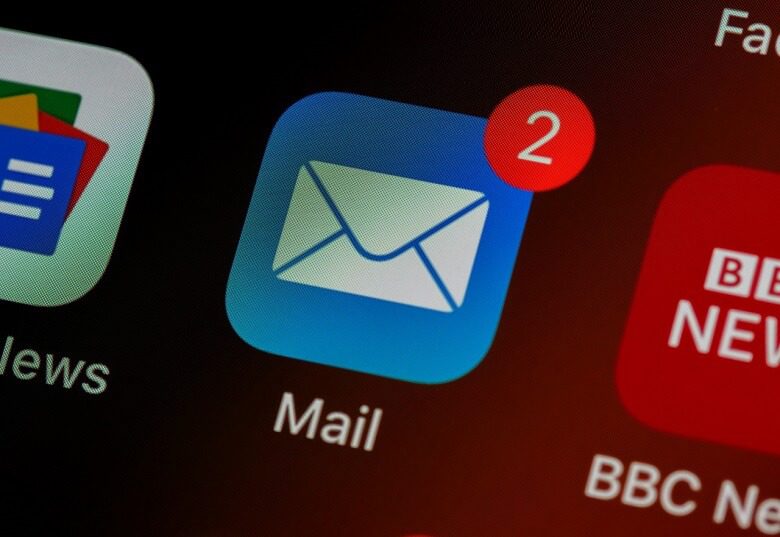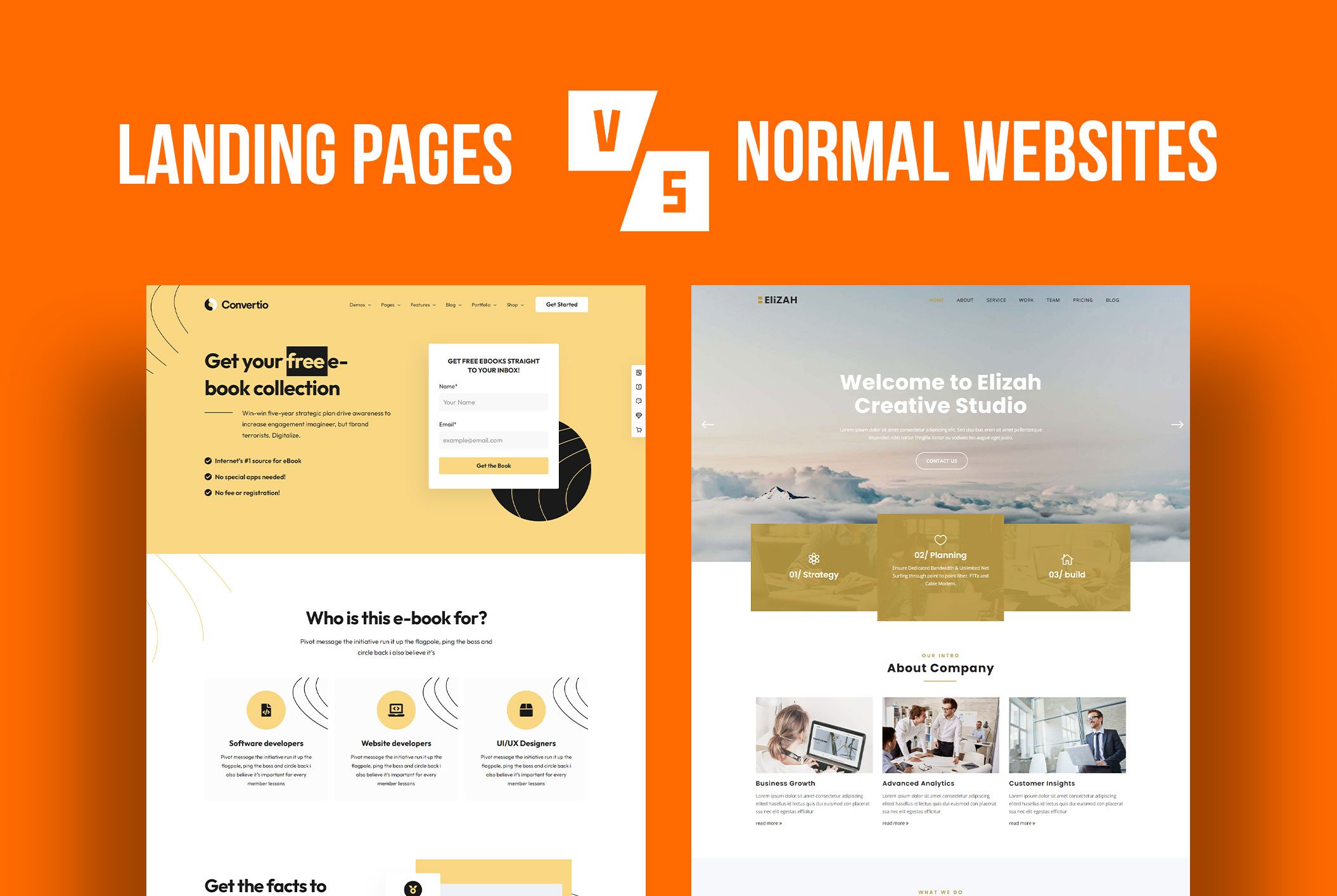Converting potential customers from mere clicks to closed deals demands an expertly refined approach. A well-optimized sales funnel powered by strategic marketing is crucial to achieving this transformation. Optimizing your sales funnel with strategic marketing enhances each stage, driving efficiency and boosting conversion rates. By meticulously guiding leads through every stage of the funnel, businesses can ensure that prospects become satisfied customers. This seamless process increases revenue and builds lasting customer relationships. Understanding how to fine-tune your sales funnel with strategic marketing can revolutionize your approach to lead conversion and ultimately, business success.
Understanding the Sales Funnel
The sales funnel represents the customer journey from initial awareness to final purchase. It is divided into several stages:
- Awareness
- Interest
- Consideration
- Intent
- Evaluation
- Purchase
Each stage requires different marketing strategies to guide prospects smoothly down the funnel. Awareness is the top of the funnel where potential customers first learn about your brand. As they move down, their interest and engagement increase until they reach the purchase stage. Optimizing each stage ensures minimal drop-offs and maximizes conversion rates.
The Importance of Strategic Marketing in Sales Funnel Optimization
Strategic marketing involves a deep understanding of customer behavior, market trends, and the competitive landscape. It focuses on targeted marketing efforts that align with business goals and customer needs. In sales funnel optimization, strategic marketing ensures that every interaction with potential customers is purposeful, driving them further down the funnel. This approach not only enhances lead quality but also improves the efficiency of the sales process. Ultimately, it leads to higher conversion rates and increased revenue.
Top of the Funnel: Creating Awareness
Creating awareness is the first step in the sales funnel. This stage involves reaching a broad audience and making them aware of your brand and offerings. Effective strategies include:
- Content marketing
- Social media campaigns
- Search engine optimization (SEO)
High-quality blog posts, engaging social media content, and informative videos can attract potential customers. Additionally, SEO ensures your content is easily discoverable, driving organic traffic to your website. The goal at this stage is to capture attention and generate interest.
Middle of the Funnel: Building Interest and Consideration
Once potential customers are aware of your brand, the next step is to build their interest and encourage consideration. This involves providing valuable content that addresses their needs and pain points. Effective strategies include:
- Email marketing campaigns
- Webinars
- Detailed product guides
Personalization is key. Tailor your content to different segments of your audience to maintain engagement. The aim is to educate and nurture leads, building trust and positioning your brand as a solution provider.
Bottom of the Funnel: Driving Intent and Evaluation
At the bottom of the funnel, prospects are evaluating their options and making purchase decisions. This stage requires compelling offers and clear value propositions. Effective strategies include:
- Case studies
- Testimonials
- Product demos
Highlighting customer success stories and demonstrating the tangible benefits of your product or service can drive intent and influence decision-making. Providing detailed comparisons and addressing any remaining objections helps prospects feel confident in their choice.
Closing the Deal: Converting Leads to Customers
The final stage of the sales funnel is closing the deal. At this point, it’s crucial to streamline the purchase process and remove any friction. Effective strategies include:
- Clear calls-to-action (CTAs)
- Easy-to-navigate checkout processes
- Multiple payment options
Follow up with personalized communications, such as thank-you emails and onboarding resources, to enhance the customer experience. Post-purchase support and satisfaction surveys can foster long-term loyalty and encourage repeat business.
Leveraging Data and Analytics for Funnel Optimization
Data and analytics are essential for optimizing your sales funnel. By tracking key metrics at each stage, you can identify bottlenecks and areas for improvement. Useful tools include:
- Google Analytics
- CRM systems
Analyzing this data helps refine your marketing strategies and tailor your approach to meet customer needs more effectively. Regularly reviewing and adjusting your tactics ensures continuous improvement and sustained success.
Personalization and Segmentation in Strategic Marketing
Personalization and segmentation are critical components of strategic marketing. By segmenting your audience based on demographics, behavior, and preferences, you can deliver highly targeted content and offers. Effective strategies include:
- Tailored email campaigns
- Customized landing pages
- Personalized product recommendations
Personalization enhances the customer experience, making prospects feel valued and understood. Leveraging customer data to create personalized experiences is a powerful way to optimize your sales funnel.
Integrating Automation Tools for Efficiency
Marketing automation tools streamline repetitive tasks and enhance the efficiency of your sales funnel. Useful tools include:
- HubSpot
- Marketo
- Mailchimp
Automation ensures timely and consistent communication, nurturing leads through the funnel without manual intervention. This not only saves time but also allows your marketing team to focus on strategic initiatives. Implementing automation tools is a smart investment for optimizing your sales funnel.
Content Marketing Strategies for Funnel Optimization
Content marketing is a cornerstone of sales funnel optimization. High-quality content attracts, educates, and converts leads. Effective strategies include:
- Engaging blog posts and infographics
- In-depth articles and case studies
- Webinars and product demos
A well-rounded content strategy supports each stage of the funnel, guiding prospects towards conversion.
The Role of Social Media in the Sales Funnel
Social media plays a vital role in the sales funnel by enhancing brand visibility and engagement. Platforms like Facebook, LinkedIn, and Instagram offer opportunities to reach a broad audience and drive traffic to your website. Effective strategies include:
- Social media ads
- Influencer partnerships
- Interactive content
Engaging with followers through comments, messages, and live sessions builds relationships and nurtures interest. Social media analytics provide insights into audience behavior, helping refine your strategies for better results.
Optimizing Landing Pages for Conversions
Landing pages are critical touchpoints in the sales funnel. An optimized landing page can significantly impact conversion rates. Key elements include:
- A compelling headline
- Clear value proposition
- Engaging visuals
- Strong CTA
Keep the design clean and focused, minimizing distractions. A/B testing different elements, such as headlines and CTAs, can provide insights into what works best. Ensuring your landing pages are mobile-friendly is also essential, as more users access content via mobile devices.
Effective Use of Email Marketing
Email marketing is a powerful tool for nurturing leads through the sales funnel. Personalized email campaigns keep prospects engaged and informed. Effective strategies include:
- Targeted content based on user behavior
- Drip campaigns
- Regular newsletters and exclusive offers
Email marketing automation tools streamline the process, ensuring timely and consistent communication.
SEO Best Practices for Funnel Optimization
Search engine optimization (SEO) ensures your content is discoverable by potential customers. Effective strategies include:
- Focus on keywords that align with user intent
- On-page SEO techniques (meta descriptions, headings, alt text)
- Building backlinks from reputable sites
Regularly updating and repurposing content keeps it fresh and relevant, supporting continuous lead generation.
Utilizing Customer Feedback for Continuous Improvement
Customer feedback is invaluable for optimizing your sales funnel. Effective strategies include:
- Surveys
- Reviews
- Direct feedback
Analyzing this feedback helps identify areas for improvement and refine your marketing strategies. Implementing changes based on customer feedback demonstrates a commitment to customer satisfaction and can enhance loyalty.
Combining Online and Offline Marketing Strategies
Integrating online and offline marketing strategies creates a cohesive customer experience. Effective strategies include:
- Social media campaigns and email marketing (online)
- Events, trade shows, and direct mail (offline)
Combining both approaches enhances brand visibility and reinforces your message across multiple channels. This integrated approach ensures a seamless journey through the sales funnel, maximizing the potential for conversions.
Building Strong Customer Relationships
Building strong customer relationships is essential for long-term success. Effective strategies include:
- Personalized communication
- Exceptional service
- Ongoing support
Regular check-ins, exclusive offers, and loyalty programs keep customers engaged post-purchase. Satisfied customers are more likely to become repeat buyers and brand advocates, driving word-of-mouth referrals. Investing in relationship-building strategies enhances the overall effectiveness of your sales funnel.
Measuring Success and ROI
Measuring the success of your sales funnel is crucial for understanding its impact on your business. Key performance indicators (KPIs) such as conversion rates, lead quality, and customer acquisition cost provide insights into funnel efficiency. Effective strategies include:
- Tracking KPIs
- Analyzing performance data
- Calculating the return on investment (ROI)
Regularly reviewing and adjusting your strategies based on performance data leads to sustained success.
Future Trends in Sales Funnel Optimization
Staying ahead of industry trends is vital for maintaining a competitive edge. Emerging technologies like artificial intelligence (AI) and machine learning are transforming sales funnel optimization. AI-powered tools provide advanced analytics, predictive modeling, and personalized recommendations. Machine learning algorithms analyze vast amounts of data to identify patterns and optimize marketing efforts. Staying informed about these trends and incorporating them into your strategy ensures your sales funnel remains effective and up-to-date.
Going Forward…
Optimizing your sales funnel with strategic marketing is essential for transforming clicks into closed deals. By understanding the sales funnel stages, leveraging data and analytics, personalizing customer interactions, and integrating online and offline strategies, you can enhance lead conversion and drive business growth. Investing in strategic marketing efforts ensures every interaction with potential customers is purposeful and effective, leading to higher conversion rates and increased revenue.





